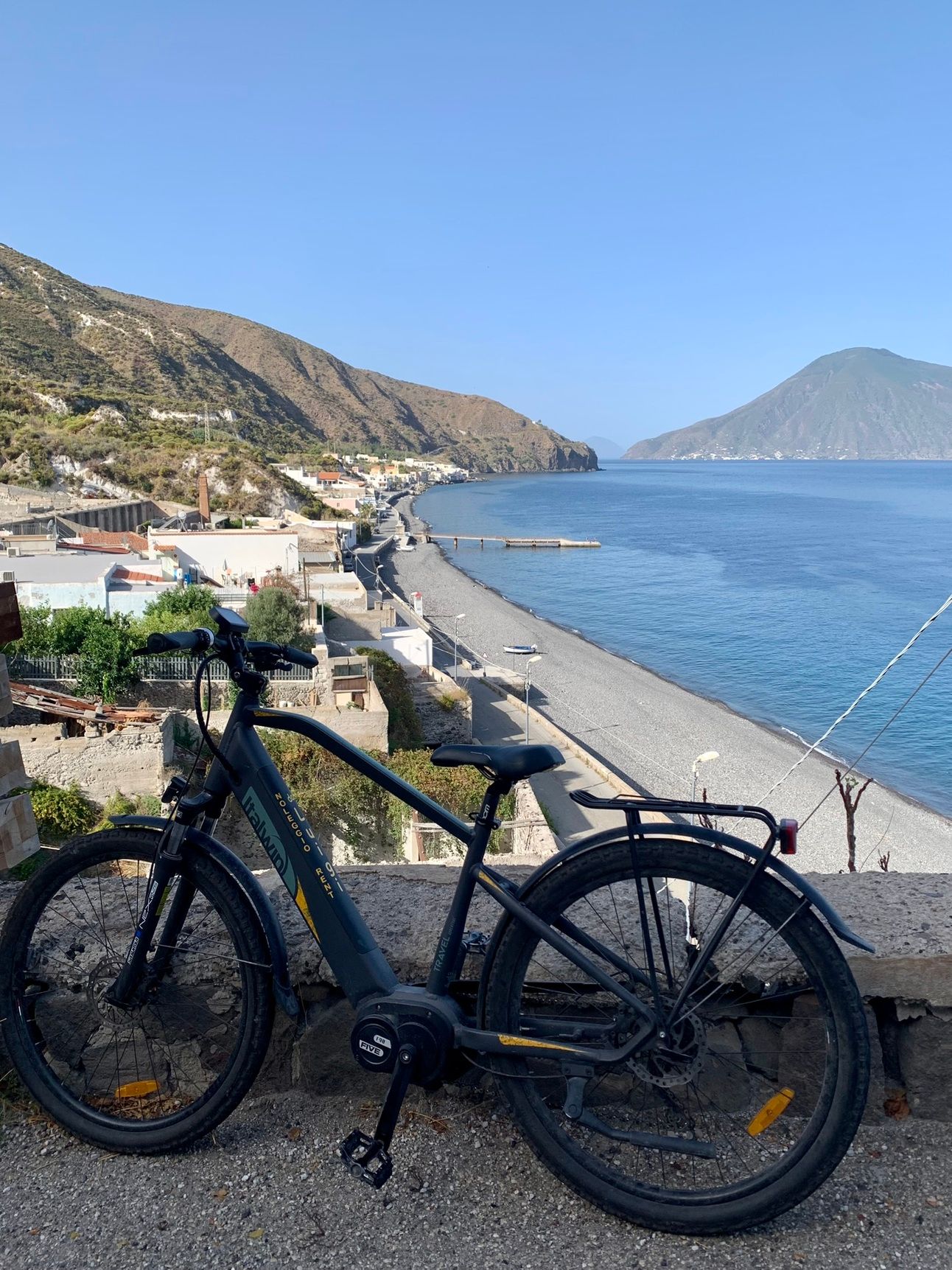
Lipari
Named after Aeolus, the Greek God of Winds, this archipelago of seven volcanic islands lies off the north coast of Sicily in the Tyrrhenian sea, around 40 kilometres from the Sicilian port town of Milazzo.
Inhabited since ancient times and colonized by various civilisations including the Greeks, Romans, Byzantines, Normans and Arabs, their strategic position made them centres of trade and cultural exchange.
From the Aeolian Islands to Australia
In the 1870s and 1880s, the economy of the Aeolian Islands was in good shape. A flourishing merchant fleet sailing out of Lipari carried merchandise between Sicily and Naples. The pumice quarries were booming, but more important to the economy was wine making. This had been a constant for around 3,000 years, ever since settlers arrived and planted the first Malvasia vines. Malvasia and other wine was exported throughout Italy and Europe and its production provided employment for a lot of the islanders.
However, once they built a railway line between Reggio Calabria and Naples, the merchant fleet virtually became redundant. Then the company that excavated and exported the pumice went bankrupt. To make matters even worse, disaster struck the wine industry.
In 1878, the dreaded phylloxera insect arrived in Sicily. Wine producers on the islands were understandably worried. The parasites took twelve years before they crossed the Tyrrhenian sea and then the island’s economy crashed completely.
In 1891, over 200 inhabitants of Salina, the main wine producing island, left their homes. By 1914, it is estimated that about one third of the overall population had emigrated. Most went to the United States, but many chose Australia.
At the end of the 1940s, the Australian Immigration Minister introduced an assisted immigration programme, which was a massive labour recruitment drive to find workers for enormous infrastructure projects and the agriculture sector. An agreement was signed with the Italian government, whereby the Australian government subsidised the cost of the sea passage. The Aeolian Islanders jumped at the chance and in 1951 alone, 7000 arrived in Australia.

The charming historic harbour of Lipari
Seven islands, all offering unique experiences
Today, people are attracted to the islands for the therapeutic mud baths, ancient ruins, crystalline waters, lush vineyards, picturesque villages and hiking trails on ancient mule paths.
Lipari is the largest island with almost 13,000 inhabitants. The overall population of the seven islands combined is 15,500 people. Like its island neighbours, Lipari has volcanic origins, but the last eruption took place around 1,400 years ago. The islands became a UNESCO World Heritage Site in 2000 due to their particular volcanic properties.
Lipari has a lovely small town feel with great food and wine including large quantities of the local capers and Malvasia wine. The most impressive site is the castello. This fortified headland is more than a castle; once upon a time it was where the heart of the town was. Here you will find the incredible archaeological museum that houses finds from all over the Aeolian Islands. The collections are large and impressive, from amphorae salvaged from wrecks to high quality Greek vases. The museum is renowned for its hoards of Greek theatrical masks, mostly found in tombs on the island.

A fun way to explore the 37 square kilometre island is to hire an e-bike and cycle around the perimeter for stunning panoramic views.

The old part of town is a joy to wander with its very narrow streets and humble dwellings with balconies bedecked with flowers, washing, onions and peppers.
Salina
The island of Salina is the second most populated with around 2,500 people. It is the greenest island in the group, covered with lush foliage, green hills, verdant vineyards and pristine beaches. Its volcanic origin has blessed it with fertile soil perfect to grow grapes for the world famous Malvasia wine.
Panarea
Chic little Panarea with an area of 3.4 square kilometres and 280 locals is the smallest and most exclusive island, famous for two reasons: breathtaking natural vistas and a playground for the rich and famous in the summer. Its island charm, whitewashed buildings with vibrant blue doors, cascading bougainvillea and colourful gardens make it a photographer’s dream. Ferries land at the small village of San Pietro. From here narrow paths lead you to two other villages, the summit of the island and one of the most significant archaeological sites in the whole archipelago.
The Bronze Age settlement of Capo Milazzese is dramatically located on a flat-topped headland high above the sea, connected to the rest of the island by a narrow neck of land. It consists of more than twenty dry stone hut circles, just low walls, but very evocative of life in ancient times.
Stromboli
The most dramatic island with around 400 brave locals is Stromboli with its active volcano. Known as the ancient lighthouse of the mediterranean, it has been erupting its mesmerising glow for over 2,000 years. Lava spurts are sometimes visible throughout the day, but are more spectacular once darkness falls. A popular excursion is to ferry to the island at night and watch lava eruptions from the safety of the water.
Vulcano
This is the closest island to the mainland of Sicily, taking around 50 minutes on the ferry from Milazzo. It is known for its therapeutic mud baths and bubbling mud pits. Vulcano inspired the word “volcano”.
Alicudi and Filicudi
These are the quietest islands with not many inhabitants, 120 and 200 respectively, and no public transport. With fantastic hiking trails and glorious views, these two islands are a dream for nature lovers seeking off-the-beaten-path experiences.

Mid October and most of the tourists have left. Boats are hauled out of the water and fishing nets are mended.
Ci vediamo la prossima settimana,
Deb
